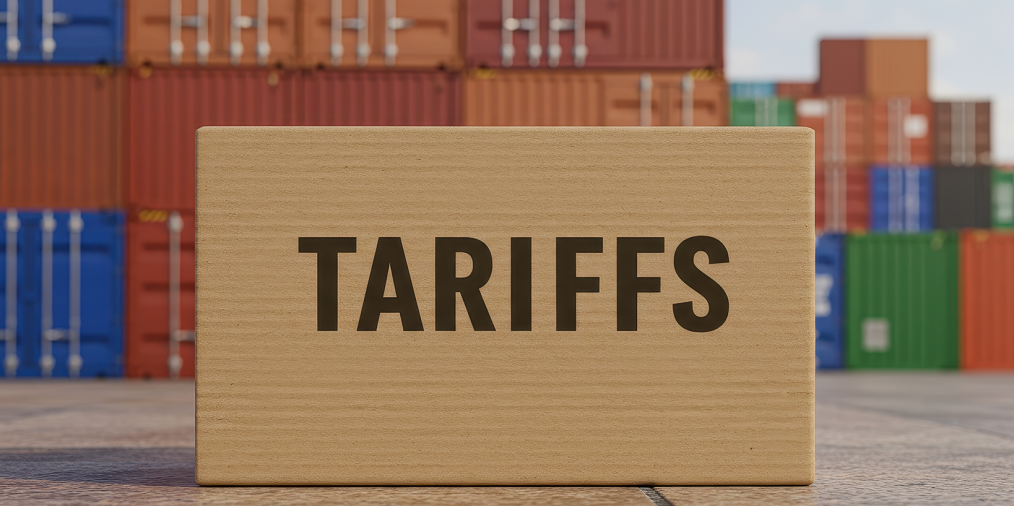
Tariffs don’t just raise headline rates, they change behavior across oceans, ports, and checkout carts. In Q3–Q4 2025, three threads are defining the new reality for shippers: (1) enforcement escalation, (2) de minimis suspension, and (3) trade diversion and policy spillovers. Here’s what’s moving and what to do about it.
1) Enforcement escalation: misdeclaration, undervaluation, and transshipment
In mid-September, the European Public Prosecutor’s Office (EPPO) charged six people, including two customs officers after seizing 2,435 containers in Piraeus, Greece. The probe (“Calypso”) centers on criminal networks allegedly routing goods from China into the EU using misdeclaration and undervaluation to dodge anti-dumping duties and VAT (at least 500 containers of e-bikes were implicated). Authorities described it as the largest container seizure in EU history. European Public Prosecutor’s Office
Across the Atlantic, U.S. enforcement is also scaling up. CBP announced it uncovered $400M in evaded duties in its largest EAPA case to date. And the Department of Justice + Department of Homeland Security stood up a Trade Fraud Task Force prioritizing misclassification, transshipment, and valuation fraud, exactly the behaviors tariffs incentivize when the stakes go up. U.S. Customs and Border Protection+1
So what? Whether you ship to the EU, U.S., or both, enforcement intensity raises the operational cost of getting paperwork wrong (or trusting the wrong counterparties). It also increases cycle-time variability as targeted categories face more detentions and documentary reviews.
2) De minimis suspension: small parcels, big implications
On August 29, 2025, the U.S. suspended duty-free de minimis treatment for all countries. Practically, this means low-value shipments (≤$800) no longer sail through duty-free; expect formal entries, duties/fees, and richer data requirements across parcel flows (especially returns). CBP’s guidance and the Federal Register implementation notice lay out the new regime. U.S. Customs and Border Protection+1
This follows earlier 2025 moves tightening de minimis for China/Hong Kong and adds a global layer of scrutiny. Operationally, brands that leaned on direct-to-consumer cross-border models now confront higher landed costs, brokerage complexity, and new HTS discipline on small consignments. Fulfillment and reverse-logistics networks will need re-sequencing (e.g., consolidations, distribution-center re-locations, different return workflows).
So what? Your parcel P&L just changed. SKU rationalization, HS-code hygiene (10-digit accuracy), and smarter consolidation become not-nice-to-haves.
3) Diversion and spillovers: when tariffs move the chessboard
When one door closes, another routing opens. Brookings finds evidence consistent with circumvention of U.S. tariffs via Mexico (and some via Canada)—through both transshipment and deeper supply-chain integration. Brookings
Policy responses are following the money. Mexico is moving to raise tariffs on Chinese autos to 50%, and Beijing has now opened a probe into Mexico’s trade measures, signaling an escalation that could reverberate through North American auto supply chains and logistics lanes. Reuters
Given EV tariff walls in the U.S. and EU, manufacturers are recalibrating production footprints (e.g., BYD’s push to scale European capacity to localize and bypass import duties). These are classic second-order effects: tariffs in Market A reshape FDI, routing, and pricing in Markets B and C. Reuters
So what? Diversion risks can land on your dock in subtle ways: different supplier mix, unexpected origin shifts, or “too-good-to-be-true” unit prices that invite audits.
What shippers can do now (practical, policy-aware steps)
- Tighten valuation and origin controls.
- Automate price-outlier alerts (compare declared values vs. contract and market references).
- Require document packs that tie HTS, COO, and commercial terms end-to-end (supplier → broker → importer).
- Parcel playbook refresh.
- Map where de minimis suspension hits your SKU/market mix hardest; adjust incoterms and conversion flows.
- Consolidate intelligently; implement returns triage (local refurb vs. re-export vs. destroy, where legal).
- Scenario routing + compliance scoring.
- Model alternates that balance duty exposure with enforcement risk (e.g., categories under EAPA attention).
- Add contract clauses for tariff/anti-circumvention shocks (surcharges, renegotiation triggers).
- Use the data you already have.
- Freight-audit-grade datasets are ideal for spotting anomalies (unit price, HTS drift, supplier switching) early.
- Feed these signals into policy-aware dashboards shared across procurement, finance, and logistics.
At nVision Global, we don’t set tariff policy—but we can help you see around corners. Our audit intelligence and analytics are built to surface the operational impacts of policy shifts—before they become month-end surprises.
Sources & further reading
- EPPO press release on Piraeus seizure (2,435 containers) and charges. European Public Prosecutor’s Office
- CBP: $400M in duty evasion uncovered; largest EAPA case. U.S. Customs and Border Protection
- DOJ/DHS Trade Fraud Task Force focus areas (transshipment, misclassification). Crowell & Moring – Home
- U.S. suspension of de minimis treatment (Federal Register & CBP guidance). Federal Register+1
- Brookings on circumvention via Mexico/Canada. Brookings
- Mexico–China tensions over auto tariffs & restrictions. Reuters
- BYD Europe capacity build-out amid tariff environment. Reuters